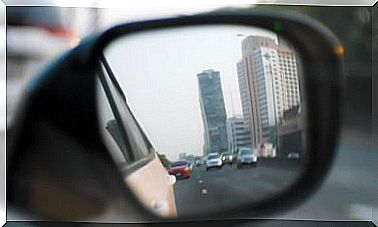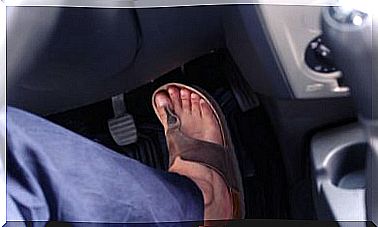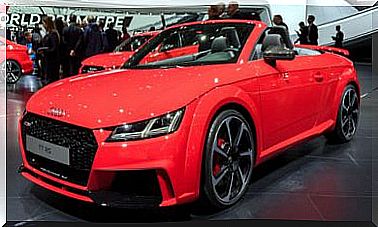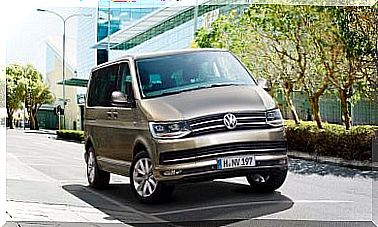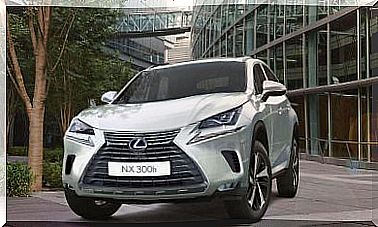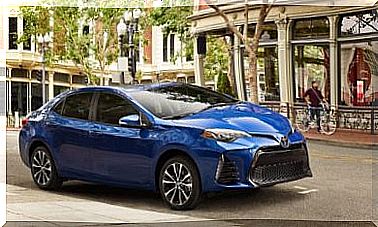The Gentlemen’s Agreement That Limited Japanese Sports Cars To 280 Hp

Japanese car culture is one of the most important in the world and is respected by any self-respecting fan. Some of the most special sports – and not so sports – in history have come from the Japanese country.
Either because of what they meant or because of their pedigree in competition, there are many cars that are ‘cannon fodder’ in the used market, which has caused a scale in the price of these.
However, in this market – Japan Domestic Market or JDM – all cars manufactured have been limited to 280 horsepower for almost two decades.
What reason was there for such a restriction? Why is it currently not being taken into account? Let’s review the history of this automotive peculiarity.
Implementation of the power limit
To know the reason why the limit of 280 CV of power was implemented, we must first attend to another Japanese limitation: a maximum top speed of 180 km / h, which is still in force today.
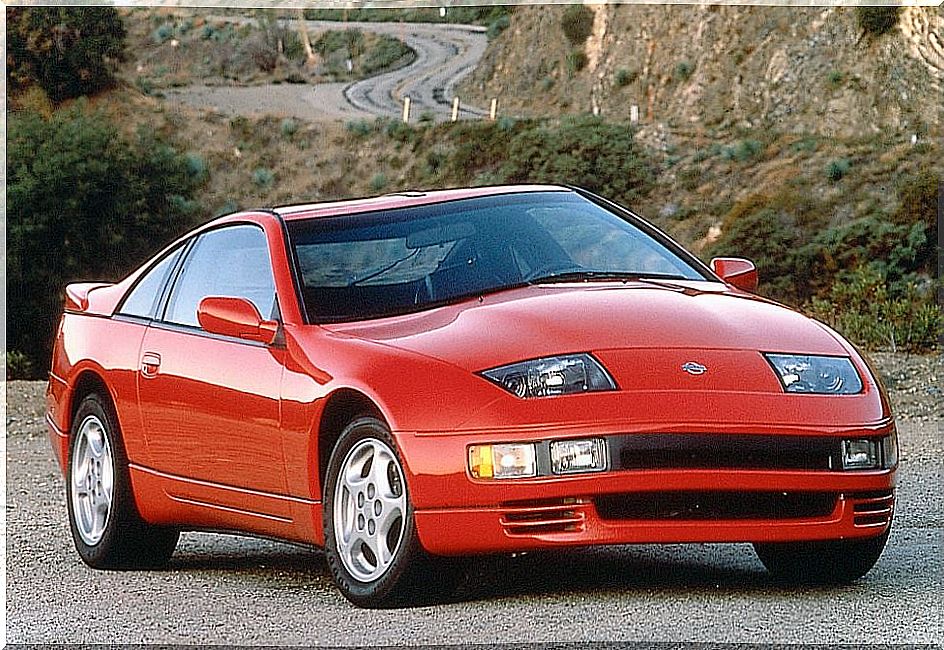
Illegal open road racing became popular in the late 1970s, posing a risk to offenders and other innocent drivers alike.
This criminal activity led to a spike in road fatalities, so the Japan Automobile Manufacturers Association decided to limit the maximum speed of all cars to 180 km / h.
Finally, with a minimal result and a greater number of victims on the road, it was decided to act in advance and also limit the power of the cars; By the 1980s this was beginning to increase considerably thanks to technical improvements.
Said and done, the Japan Automobile Manufacturers Association met with all Japanese manufacturers and a gentlemen’s agreement would be reached – no law or the like was necessary – in which all firms pledged to limit their cars to 280 hp . The 1988 Nissan 300ZX Twin-Turbo would be the first car to fit the compact.
Virtually all sports cars of the late 1980s and 1990s were affected by this measure, although at the same time it contributed to the creation of some of the best powerplants of all time.
Perhaps the acronyms RB26DETT and 2JZ-GTE are familiar to you, they are the engines of the Nissan Skyline GT-R and Toyota Supra Mk.IV Turbo, cars limited to 280 hp in Japan that in other markets easily exceeded 300 hp.
This is because the engines of this time were overdeveloped, in order to prevent a possible abolition of the pact. With strong but limited engines, manufacturers had their backs in case they needed to increase power if the pact was not respected.
Everything has its end
However, during the time that the pact was in effect the safety of the roads and the cars improved. This was so to such an extent that in 2004 the Japan Association of Automobile Manufacturers issued a statement in which they reported that they saw no relationship between speed and road fatalities.
This announcement was taken by Japanese firms as the end of the gentlemen’s agreement and since then the power of their cars has only grown. The main example of this is the Nissan GT-R, which in its Nismo version reaches 600 hp, while the presidential saloon, the Toyota Century, homologates 445 hp.
